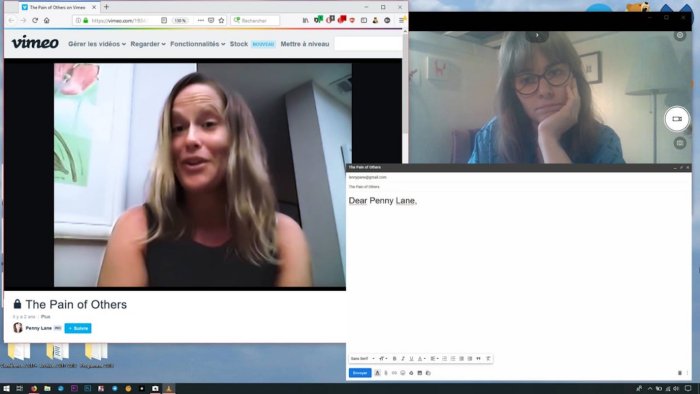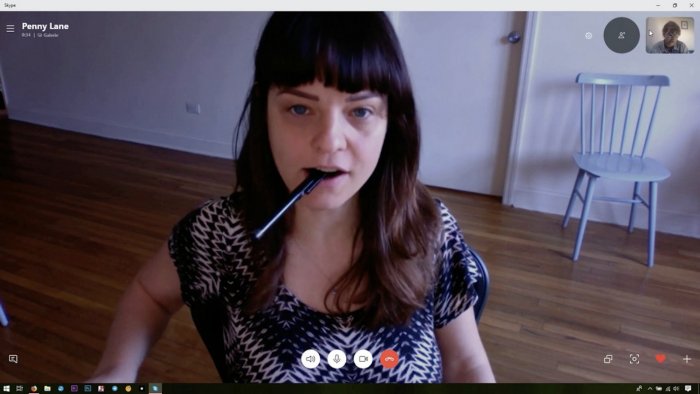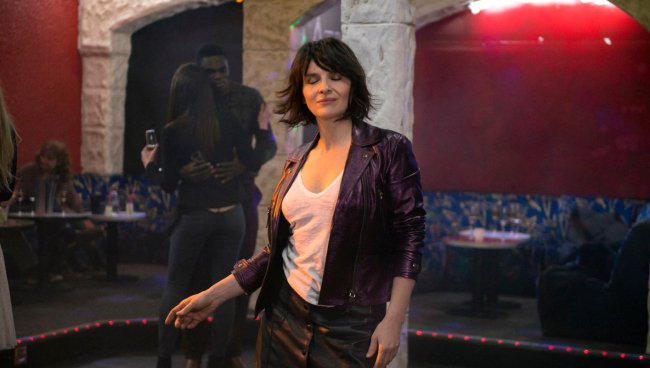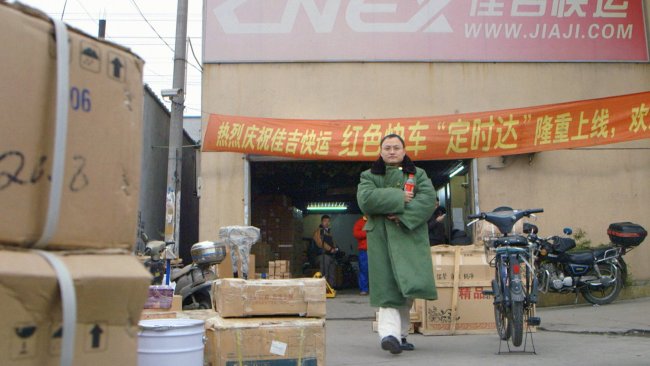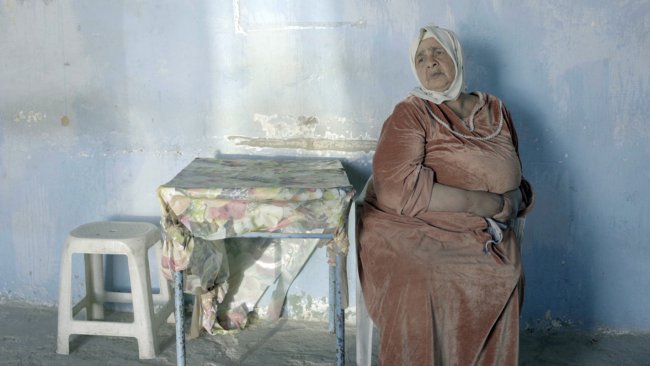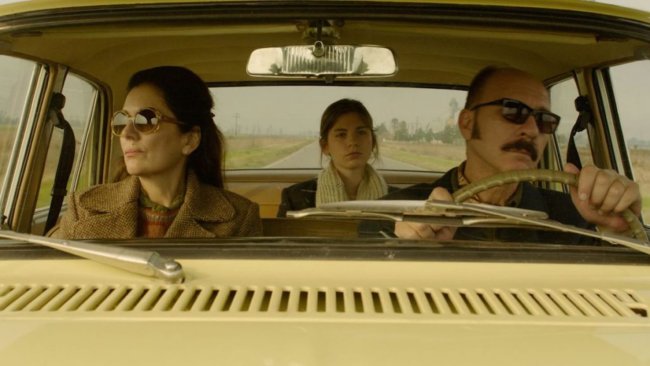Watching the Pain of Others
[…] Our growing awareness of the condition of the public body of health is facilitated by this audio-visual means and, by doing so, we have generated a new body of health which can be corrupted by fake news, hate speech, the dark web, etc.
[…] She speaks directly to her audience as if to incorporate them into the social network. We are invited into the film, her desktop, web browser, search bar, Vimeo page and such as if into a medical examination.
Text: Laura Davis
Half video essay, half research diary on Penny Lane’s The Pain of Others, so begins a screen recording of the filmmaker typing an email to Lane asking for more information on the disease to help understand her film.
Morgellons disease is a mysterious illness of which (the internet tells me) its patients present with itching, burning, stinging, crawling sensations sometimes with fibres and hairs at the ends of their fingertips. The internet cannot conclude whether it is a medical condition or, indeed, a psychosomatic form of mass hysteria. One thing is for certain: it is propagated, necessarily or not, by the internet.
There was no record of this condition before the age of the internet and, as Galibert-Laîné makes it clear, vlogging and vloggers seem to reach out to a sense of community online. This provides both a tonic for the existential ache as well as a magnifying glass for the symptoms. Our growing awareness of the condition of the public body of health is facilitated by this audio-visual means and, by doing so, we have generated a new body of health which can be corrupted by fake news, hate speech, the dark web, etc. – which makes up the subject of the 2018 film The Pain of Others and 2020 video essay Watching the Pain of Others.
During the process of reviewing these vlogs, Galibert-Laîné discovered and documented fibres from her own body. Google images confirmed her suspicions. The condition has no other name than Morgellons – and what a strange name that is: both invoking a woman’s name as well as suggesting the morgue. This is not unlike the experience of Penny Lane (name and name) whose condition deteriorated as she gained YouTube subscribers. This leads me on to connect the sharing of information, in particular the exchange of moving image media, with the transmission of a disease.
«It awakens when you look at your body and demand: why», Galibert-Laîné tells her audience, but perhaps there is something missing: it awakens when you look at your body after looking at another body and demand: why. She speaks directly to her audience as if to incorporate them into the social network. We are invited into the film, her desktop, web browser, search bar, Vimeo page and such as if into a medical examination. Galibert-Laîné documents an outbreak of unknown spots on her body. She cannot use the laptop webcam so she employs her phone camera, angling it to her knee cap. The fragmented body builds onto the screen through an outbreak of separate desktop windows. Frankenstein assembles his monster in Google Chrome tabs.
What also strikes me is the diaristic connection between Galibert-Laîné, Lane and the other vloggers she features. They all commit to documenting their everyday experience in the audio-visual format. She narrates her research project, frequently referring to its duration and documentation. She incorporates a robotic voiceover to narrate quotations from other people and freeze frames them mid vlog. This detachment, this cutting off and flattening of other human connections, emphasises the divide between the self and the other. What do we choose to leave of ourselves as if asking how we define the “self” within the interconnected web? This refers back to the Sontag comment that Galibert-Laîné uses to preface her film: «No "we" should be taken for granted when the subject is looking at other people's pain». Through its half video essay and half research diary interconnected format, the film implicates the audience as either “self” or “other” but never “we” when engaging with the disease. The viewer must look away before they start experiencing the disease for themselves.
Watch
ONLINE STREAMING of «Watching the Pain of Others»
Info
Watching the Pain of Others | Video Essay | Chloé Galibert-Laîné | FR 2018 | 31’
Masterclass of Chloé Galibert-Laîné at the Solothurner Filmtage 2021
First published: January 25, 2021
